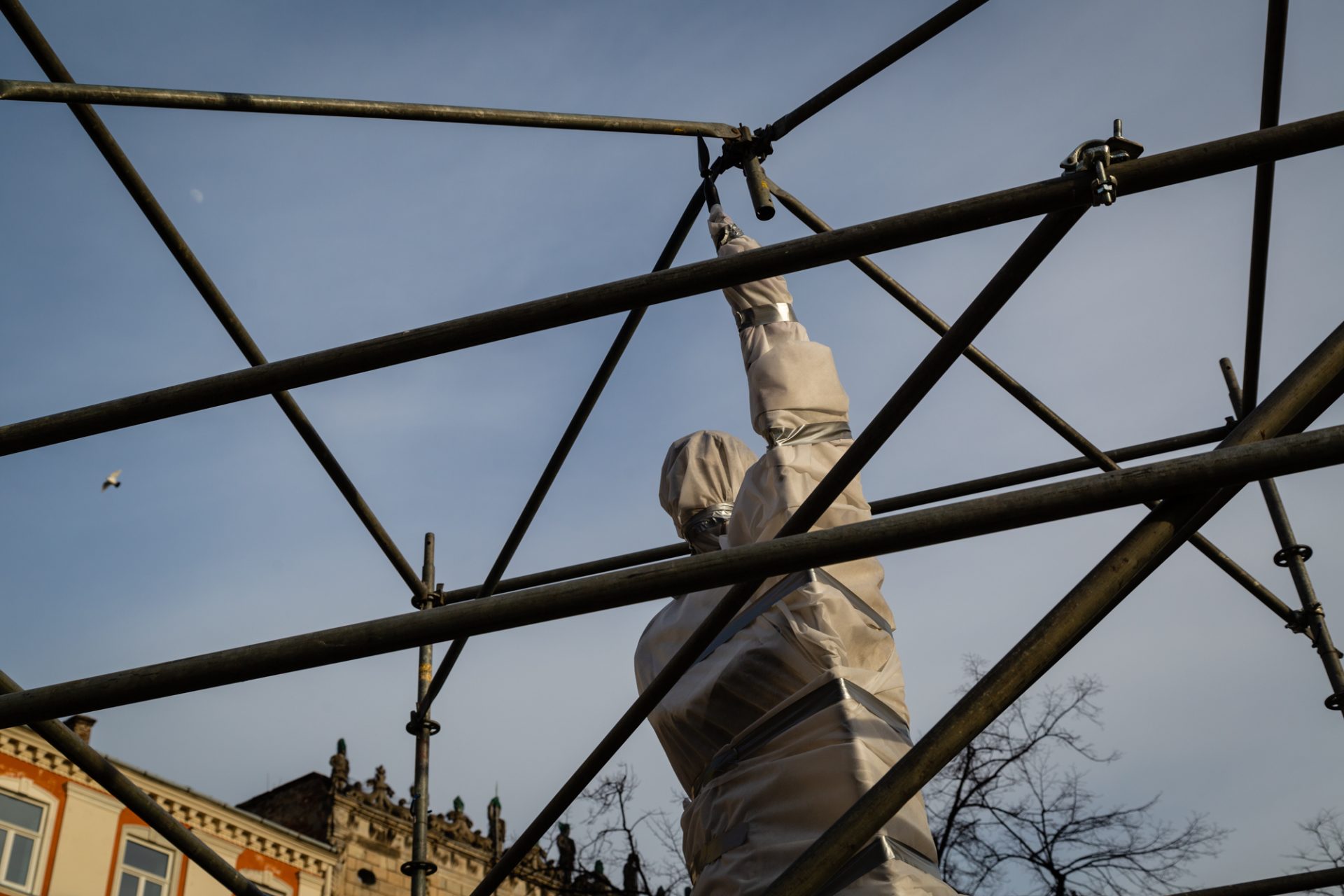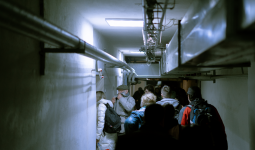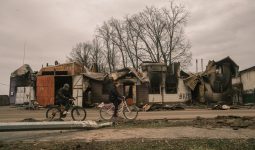Experiencing and Rethinking Critical Infrastructure in Wartime
2023 – present
During Russia's full-scale invasion of Ukraine, critical infrastructure has become not only one of the main targets for destruction by the enemy, but also the basis of the country's resilience. When we hear the phrase "critical infrastructure," we increasingly imagine not only facilities, but also thousands of workers in the energy, water and gas supply, communications, and emergency services sectors. Each and every one of them is working to provide electricity, water, heat, and communication to all residents of the country. At the same time, the war and the recent pandemic have shown the work of medical institutions and physical rehabilitation infrastructures in a new light. While the term "critical infrastructures" is more familiar, its use for cultural heritage preservation institutions is quite new. What they have in common is their response to daily attacks, destruction, and their importance in envisioning Ukraine's future.
In times of war, architecture – shelters, buildings, walls in apartment buildings that absorb the shock waves of explosions – become an important component of saving lives, as does infrastructure: water supply, railroad connections, the Internet, etc. However, in times of crisis, human connections, commitment, and cooperation are also critical to survival.
We have also added to the focus of this study cultural heritage sites, which have acquired new significance during the war: as symbolically significant places under threat, bringing people together for solidarity in defense. But also as spaces for new community uses: for housing displaced persons, public centers for communities with new residents and new challenges, for sharing digital heritage, which plays a role in psychological resilience and community reassembly in the face of violence and occupation. And in all of these subtopics – life-support facilities, physical rehabilitation, cultural heritage – human connections, commitment, and cooperation are critical to survival. These are the foundations of resilience, along with international assistance, technical and scientific innovation, and diversification of resources.
Today, when massive shelling and prolonged power outages make normal daily life impossible, understanding the criticality of certain sites highlights the urgency of researching, archiving, and understanding the role of infrastructure in society and research.
As part of this focus of the Center's documentary initiatives, we collect oral interviews, photographs, and included observations.
Project team:
- Iryna Sklokina, project concept, focus on heritage infrastructure;
- Valentyna Shevchenko, focus on rehabilitation infrastructure;
- Kateryna Filonova, focus on energy infrastructure, communication networks, and the SES;
- Viktoria Panas, coordination.
Credits
Cover Image: Kateryna Moskaiuk // Visual Documentation of War // Urban Media Archive of the Center for Urban History














